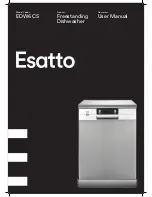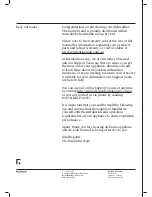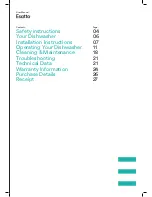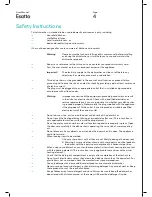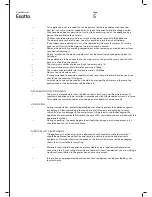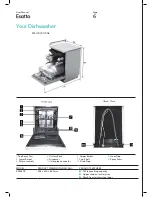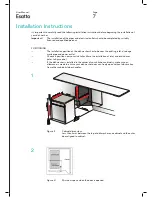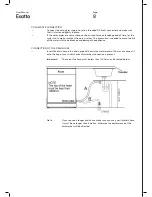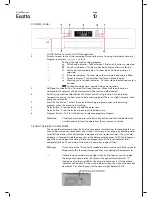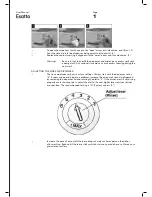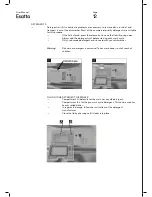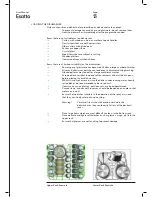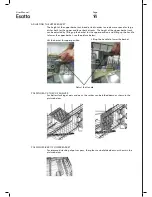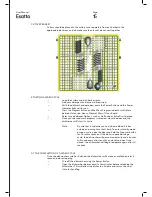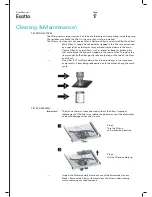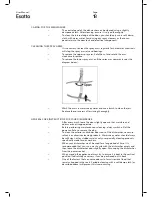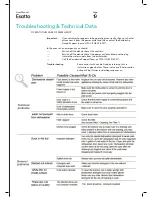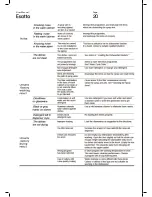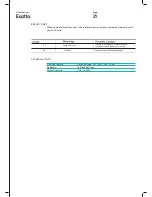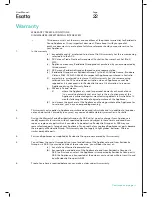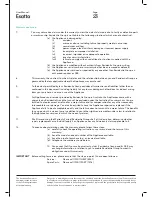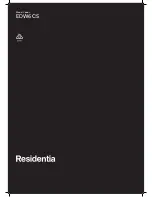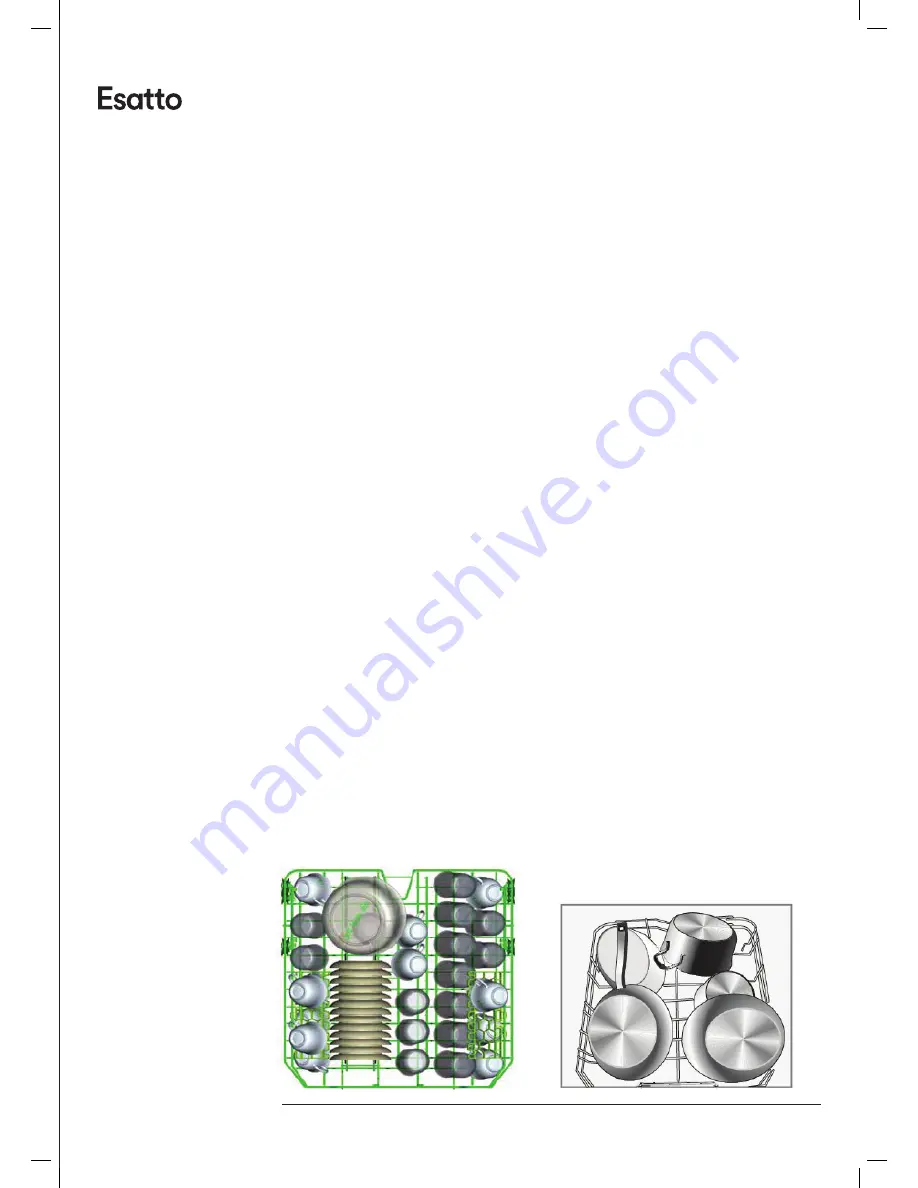
Page:
13
User Manual:
LOADING THE DISHWASHER
Only use utensils and dishes that are identified as dishwasher safe or proof.
→
To prevent damage to your dishes and glassware, do not remove them
from the dishwasher immediately after the program has ended.
Items that are not suitable for the dishwasher:
→
Cutlery with wooden, china, or mother of pearl handles
→
Plastic items that are not heat resistant
→
Older cutlery with glued parts
→
Pewter or copper items
→
Crystal glass
→
Steek items that are subject to rusting
→
Wooden platters
→
Items made from synthetic fibres
Items that are of limited suitability for the dishwasher:
→
Some types of glassware can become dull after a large number of washes
→
Silver and aluminium parts have a tendency to discolour during washing
→
Glazed patterns may fade after a large number of washes
→
Scrape off any residual food and soften remnants of burnt food in pans,
before placing in your dishwasher.
→
Whilst it is not necessary to rinse the dishes under running water, heavily
soiled dishes are recommended to be rinsed first.
→
Items such as cups, glasses, pots/pans etc are faced downwards.
→
Curved items, or ones with recesses, should be loaded on an angle so that
water can run off.
→
Ensure that no dishes interfere in the operation of the spray arms, and
that they can freely rotate during washing.
Warning!
Very small items should never be washed in the
dishwasher as they could easily fall out of the baskets/
racks.
→
Place large items which are most difficult to clean, in the bottom rack.
→
Place delicate and lighter dishwasher (such as glasses, mugs, etc) into the
upper rack.
→
Ensure that glasses are not touching to prevent damage.
Upper Rack Example
Lower Rack Example

